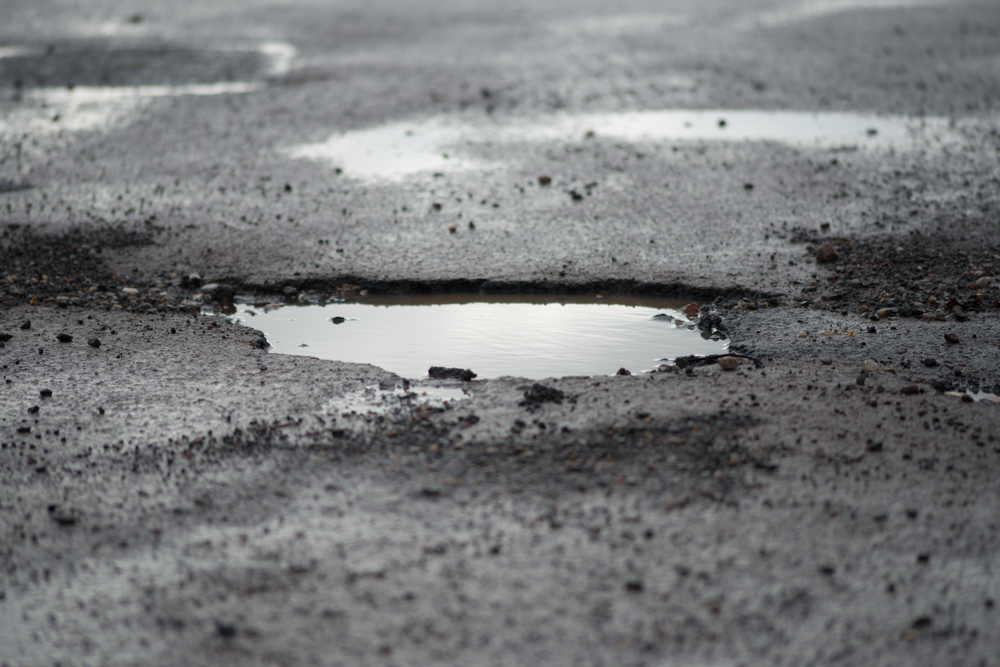
In parts one and two of this multi-part blog series, we’ve gone over several forms of asphalt cracking that may take place on surfaces that are not properly cared for, or have simply dealt with long-term wear-and-tear. However, while cracks are likely the most common form of asphalt damage generally seen, they are not the only type out there.
At Go Pave Utah we’re proud to numerous asphalt repair and asphalt patching services for asphalt surfaces that have become damaged in any way. In addition to cracks, what are some of the other damage types you might see, how do they form, and how can you both prevent and remedy them if they do take place? Here’s a primer.
Have you begun to notice strange lumps or bumps coming up from your paved asphalt? These may be what are called corrugations, or deformities that form due to incorrect pavement mixtures. There are a few errors that might lead to corrugations, including too high an asphalt content, contamination or moisture in the base, or if the installer uses the wrong grade of asphalt for the surface required.
In most cases, if corrugations do take place on your asphalt surface, you’ll notice them fairly soon after installation. They’ll usually appear within the first couple years after a new surface has been installed. They will require cutting out the affected area, then applying full-depth patching to them.
If certain sections of your asphalt pavement have settled in at a lower point than their surroundings, this might be an issue known as grade depression. One easy way to spot a grade depression is right after a rainstorm: Water will pool up in depressions.
These are caused by lower asphalt layers settling, or falling. This is often due to improper installation that does not properly attend to the soil and surroundings. Grade depressions may appear at a variety of times, and will require overlay or infrared patches and cold mill for repairs.
If you’ve begun to see indentations along common wheel paths from your vehicles on your asphalt, this is known as rutting. It’s caused by compression with surface layers, or in other cases by moisture infiltration, but is worsened over time by repeated traffic on the area. Repairs will require a cold mill and overlay, or a thin surface patch.
Finally, maybe the most significant form of damage to asphalt surfaces is the pothole, which most of us have seen at least once or twice. Potholes take place when previous damage has been left for too long and allowed to get much worse, even allowing in fluids that expand and contract. Heavy traffic will only aggravate these circumstances.
Depending on how severe a pothole is, it might be able to be patched or filled with a basic cold mix. For much larger ones, however, the entire section might need to be removed and replaced.
For more on the kinds of asphalt damage that might take place and how to avoid or remedy them, or to learn about any of our asphalt repair, asphalt paving or other asphalt solutions, speak to the staff at Go Pave Utah.